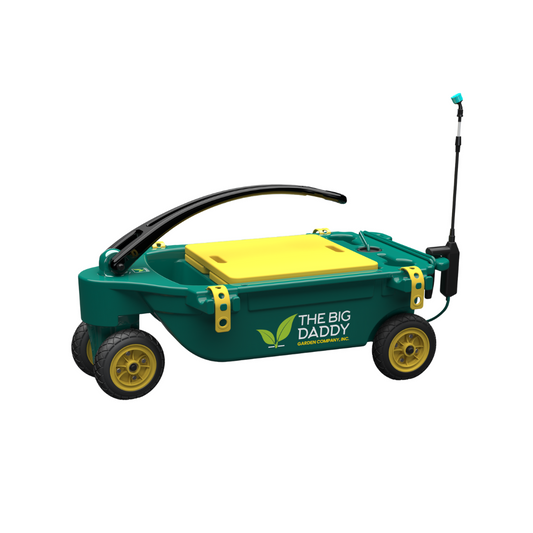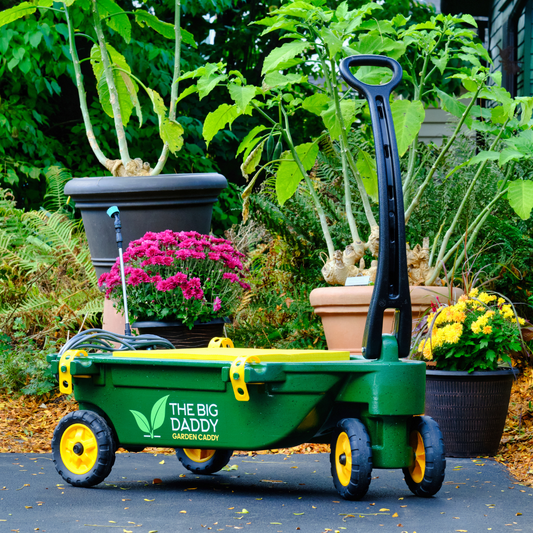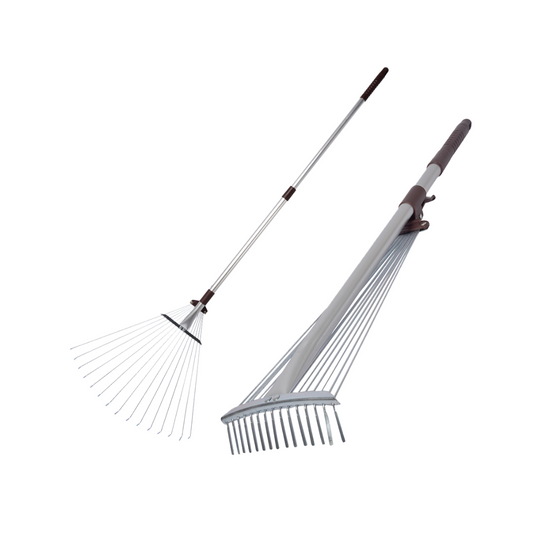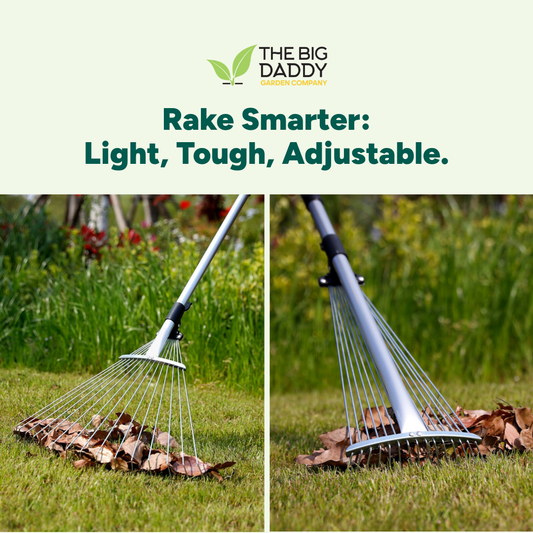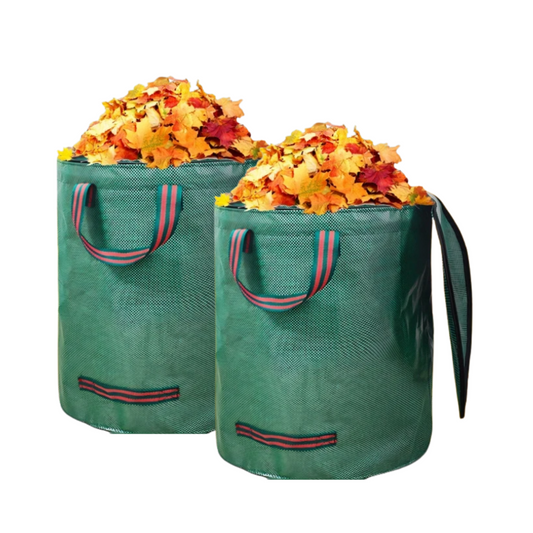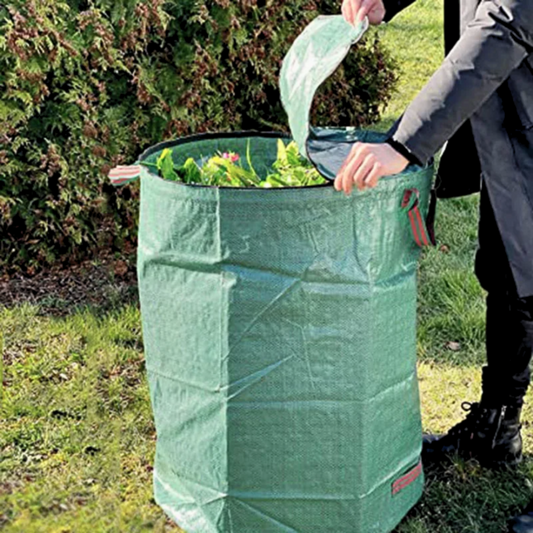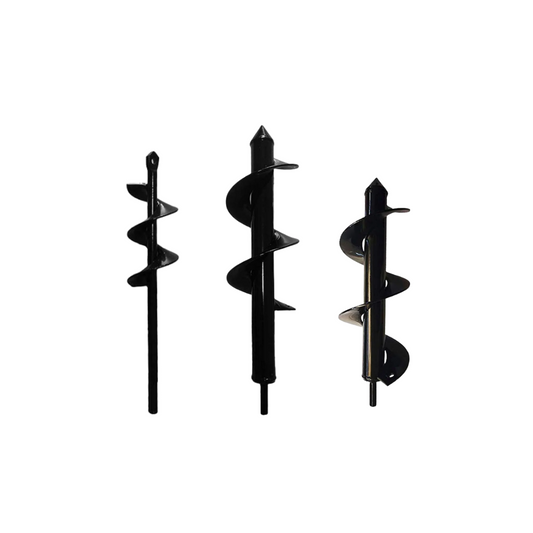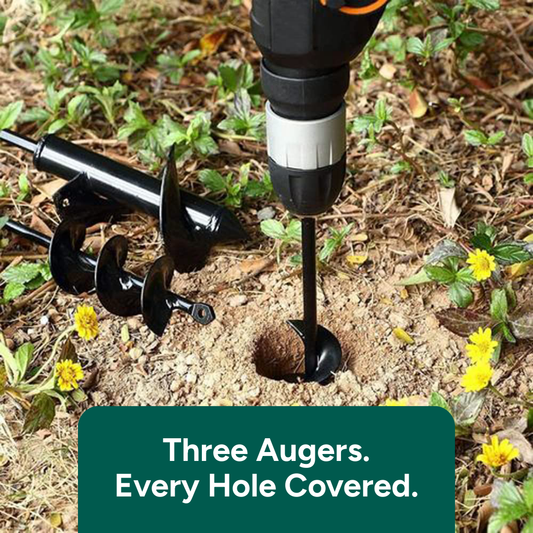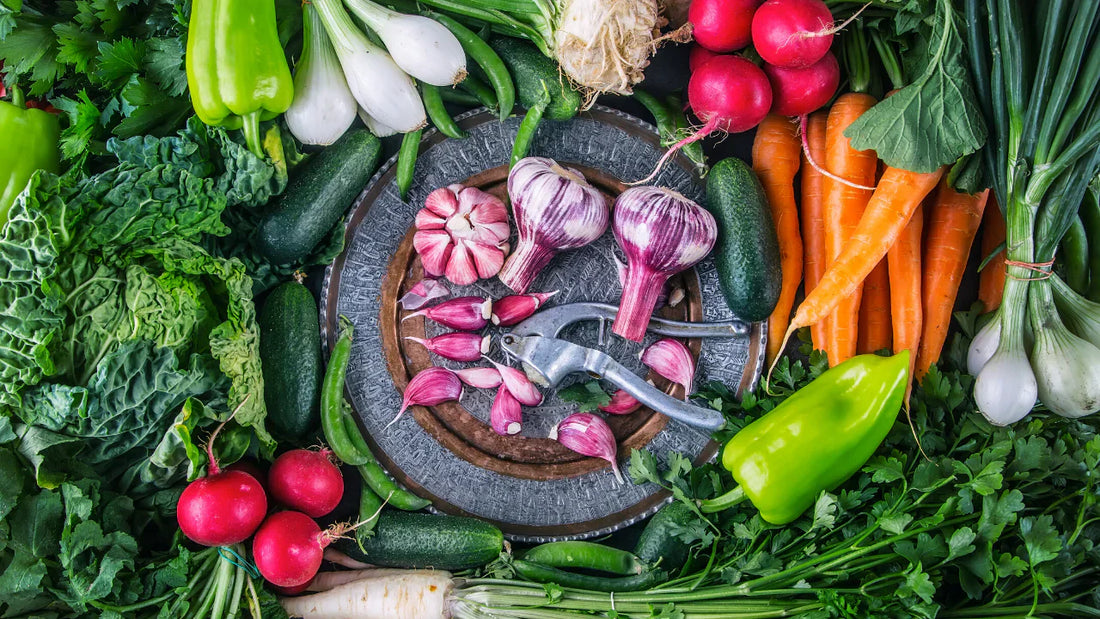
Perennial Vegetables: A Sustainable Approach to Year-round Harvests
Perennial Vegetables: A Sustainable Approach to Year-Round Harvests
Gardening has long been associated with annual cycles of planting, growing, and harvesting. Most vegetable gardens rely on annual plants, which must be replanted every year from seeds or transplants. While annual vegetables like tomatoes, carrots, and lettuce are staples in many gardens, there is a growing movement toward cultivating perennial vegetables—plants that live and produce food for multiple years. Perennial vegetables offer unique advantages for gardeners, including sustainability, reduced labor, and increased resilience in the face of climate variability. Grab a cup of coffee and your gardening trowel, pull up a seat and let’s dig in to today’s topic!
Understanding Perennial Vegetables
Perennial vegetables are plants that grow and produce edible parts year after year without the need for replanting. Unlike annuals, which complete their life cycle in a single growing season, perennials invest in developing robust root systems and structures that allow them to survive through winter or periods of drought. These vegetables may provide leaves, stems, roots, or fruits that are edible, and many are highly nutritious. Common examples of perennial vegetables include asparagus, rhubarb, horseradish, kale varieties like tree kale, sorrel, and the unique sea kale.
Some perennial vegetables are native to temperate climates, while others thrive in tropical or subtropical regions. The diversity of perennial vegetables makes them an appealing option for gardeners interested in food security, biodiversity, and long-term sustainability. In permaculture and regenerative gardening systems, perennials are often favored because they mimic natural ecosystems, requiring less soil disturbance and fewer inputs such as fertilizers and water.
Advantages of Growing Perennial Vegetables
1. Reduced Labor and Maintenance: Since perennial vegetables do not need to be replanted each year, gardeners save time and effort. Once established, these plants can continue producing for many years, sometimes decades, with minimal care. For instance, an asparagus bed can provide productive harvests for 15–20 years with proper maintenance.
2. Soil Health and Erosion Control: Perennial vegetables develop extensive root systems that help improve soil structure, enhance microbial activity, and prevent erosion. Unlike annual crops that require frequent tilling, perennials maintain soil integrity and increase water infiltration, which contributes to healthier garden ecosystems.
3. Extended Harvest Seasons: Many perennial vegetables provide harvests early in the spring or late into the fall, extending the availability of fresh produce. For example, rhubarb emerges as one of the first garden vegetables in spring, while perennial kales can produce tender leaves throughout the growing season.
4. Environmental Sustainability: By reducing the need for yearly tilling, fertilizers, and irrigation, perennial vegetables are environmentally friendly. They also support biodiversity by providing habitats and food for pollinators, beneficial insects, and soil organisms.
5. Resilience to Climate Fluctuations: Established perennials are often more resilient to droughts, extreme temperatures, and pest pressures than annual crops. Their deep root systems allow them to access water and nutrients that annuals cannot, making them reliable contributors to a garden even under challenging conditions.
Popular Perennial Vegetables to Grow
· Asparagus (Asparagus officinalis): A classic perennial vegetable, asparagus requires patience in its first two to three years but can produce for decades once established. It thrives in well-drained soil and full sun.
· Rhubarb (Rheum rhabarbarum): Rhubarb is prized for its tart stalks, which are perfect for pies, sauces, and jams. While its leaves are toxic, the stalks provide a nutritious, vitamin-rich harvest every spring.
· Perennial Kale and Tree Kale (Brassica spp.): These leafy greens are hardy, nutritious, and can provide multiple harvests from a single plant. Tree kale, in particular, grows tall and produces leaves for several years, making it ideal for small-space gardens.
· Horseradish (Armoracia rusticana): Known for its pungent roots, horseradish is a low-maintenance perennial that spreads easily. It prefers sunny locations and well-drained soil.
· Sorrel (Rumex acetosa): Sorrel is a tangy, lemon-flavored leafy green that returns year after year. It is excellent in salads, soups, and sauces, and tolerates partial shade.
· Sea Kale (Crambe maritima): A coastal vegetable with tender shoots and leaves, sea kale thrives in sandy soil and offers a unique addition to the perennial vegetable garden.
Tips for Successfully Growing Perennial Vegetables
1. Choose the Right Site: Perennials benefit from stable conditions, so select a garden area with well-drained soil, adequate sunlight, and protection from strong winds.
2. Invest in Quality Soil: Incorporate organic matter such as compost or well-rotted manure to establish nutrient-rich soil that supports long-term growth.
3. Practice Patience: Many perennial vegetables take a few years before reaching full productivity. Avoid harvesting too aggressively in the first few seasons to allow the plants to establish strong root systems.
4. Mulch and Maintain: Mulching helps retain moisture, suppress weeds, and regulate soil temperature. Perennials require less maintenance than annuals, but periodic pruning, dividing, or fertilizing will help maintain vigor.
5. Companion Planting: Incorporate perennial vegetables into diverse garden systems. Interplanting with annuals or other perennials can improve soil health, attract beneficial insects, and maximize space.
Perennial vegetables offer a sustainable and rewarding approach to gardening, combining productivity with long-term ecological benefits. By investing in perennial crops, gardeners can reduce labor, conserve resources, and enjoy a steady supply of nutritious vegetables year after year, and the Big Daddy Garden Company is all about that! From asparagus and rhubarb to perennial kale and horseradish, the options for integrating perennials into a garden are abundant. With careful planning and patience, a perennial vegetable garden can become a cornerstone of a sustainable, resilient, and diverse garden ecosystem. Choosing perennials is not just a gardening strategy—it is an investment in the future of your garden and the environment!

